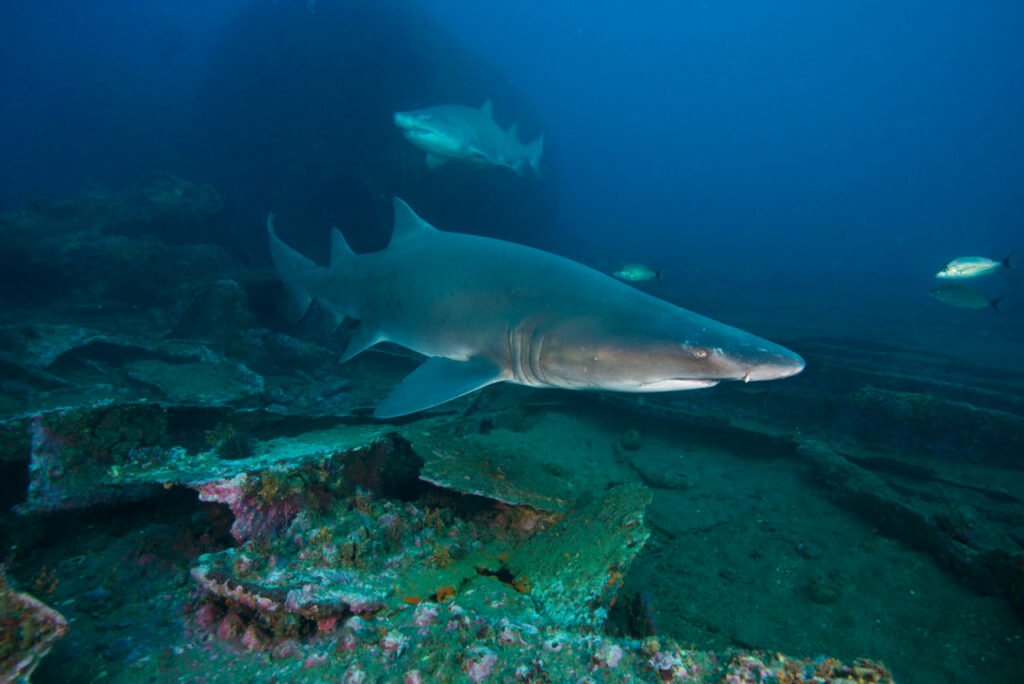On April 12, the world celebrates the International Day of Human Space Flight, commemorating the day in 1961 when Yuri Gagarin became the first human to journey into outer space. This monumental event opened the doors to the universe and inspired generations to explore the final frontier. But while human spaceflight is often in the spotlight, a fascinating variety of living organisms have also made the journey beyond Earth’s atmosphere. From primates to plants, the history of what we’ve launched into space is as diverse as it is intriguing. Let’s delve into these fascinating voyages and uncover the stories behind these cosmic pioneers.
The Early Days: Animals as Space Pioneers
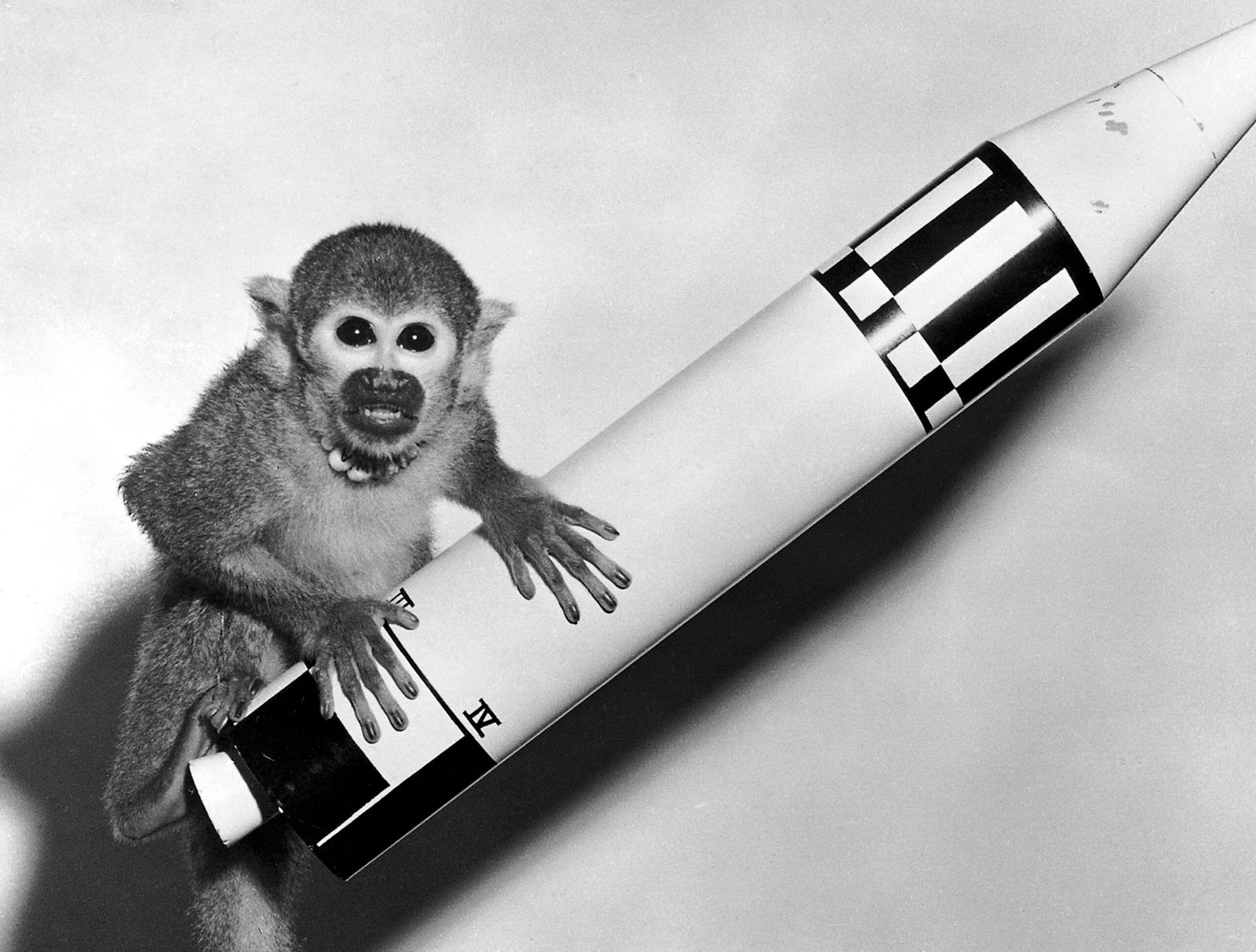
Before humans dared to venture into space, animals were the first brave souls to cross the threshold. In the early 1940s and 50s, scientists sent fruit flies aboard V-2 rockets to study the effects of radiation exposure at high altitudes. The choice of fruit flies was not random; their biological simplicity made them ideal for understanding basic genetic and radiation effects. Following the fruit flies, a series of mammals, including monkeys and dogs, were sent skyward. Perhaps the most famous of these was Laika, the Russian dog who orbited Earth in 1957. These missions were not just about seeing if animals could survive the trip; they were crucial in understanding how living organisms respond to the stresses of space travel.
Primates in Space: Testing Human Viability

Primates, with their physiological similarities to humans, played a key role in assessing the feasibility of human space travel. In the late 1940s, rhesus monkeys were launched to test the effects of high acceleration and weightlessness. One notable mission was that of Ham the Chimpanzee in 1961, who was trained to perform tasks in space, proving that humans could work in the zero-gravity environment. These missions were instrumental in paving the way for human astronauts, as they provided invaluable data on how the human body might react to the rigors of space travel.
Rodents and Reptiles: Expanding the Biological Horizon
Mice and rats, often used in laboratory experiments on Earth, were also sent into space to study various biological processes. These small mammals helped scientists understand bone density loss and muscle atrophy in microgravity. In addition to rodents, reptiles like turtles and newts were launched into space. These creatures provided insights into developmental biology and regeneration, as they possess the unique ability to regrow limbs. These experiments expanded our understanding of how different life forms adapt to the harsh environment of space.
Insects and Arachnids: The Smaller Explorers
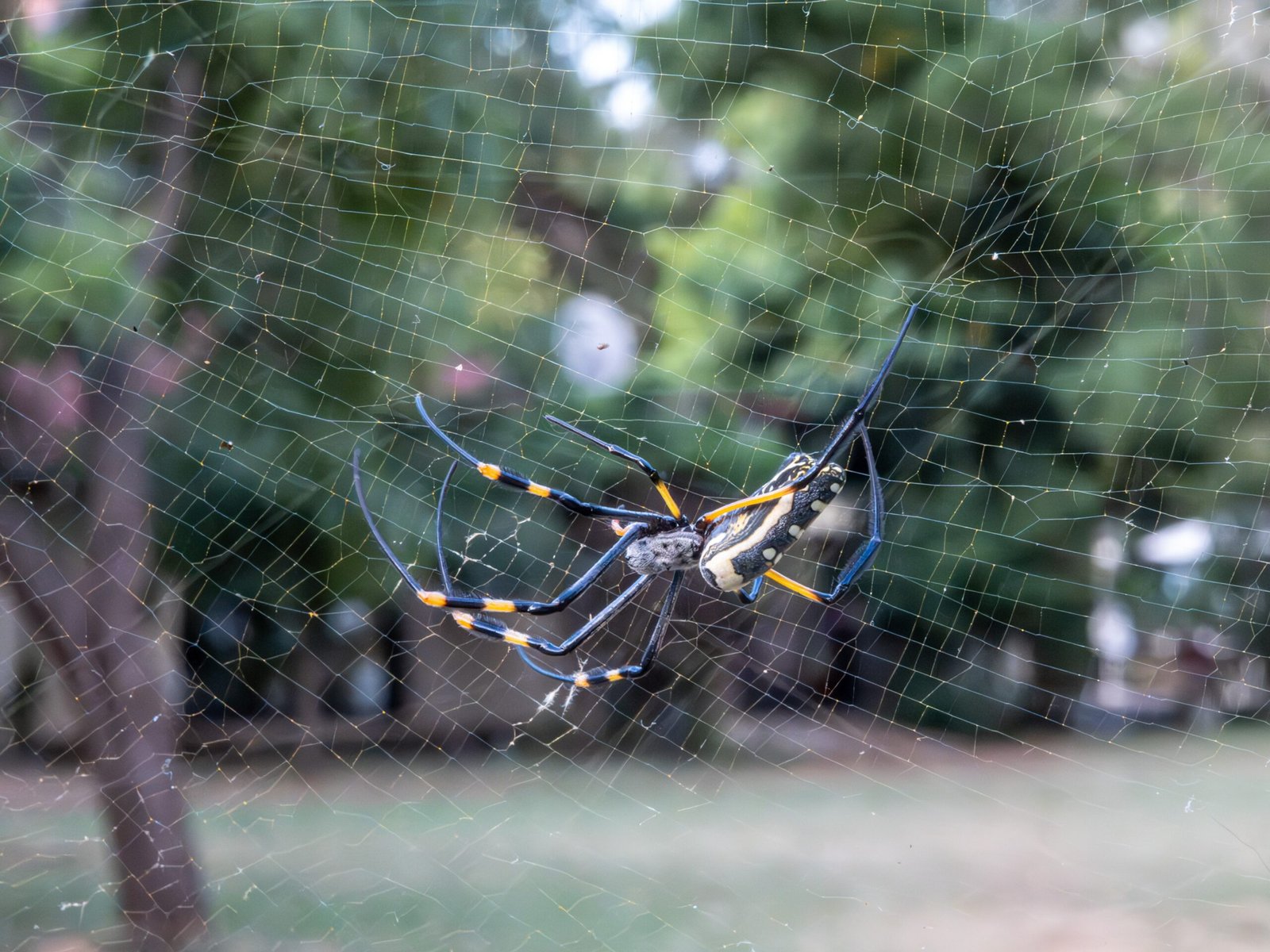
Insects and arachnids have also embarked on space journeys, contributing to our knowledge of biology in microgravity. Spiders, for example, were taken aboard the Skylab space station to observe web-spinning behaviors in zero gravity. It was found that while their webs were not as symmetrical as on Earth, the spiders adapted remarkably well. Similarly, bees have been studied to understand how microgravity affects their navigation and honey production. These smaller explorers have provided big insights into the adaptability of life beyond our planet.
Plants in Space: Growing Life Beyond Earth
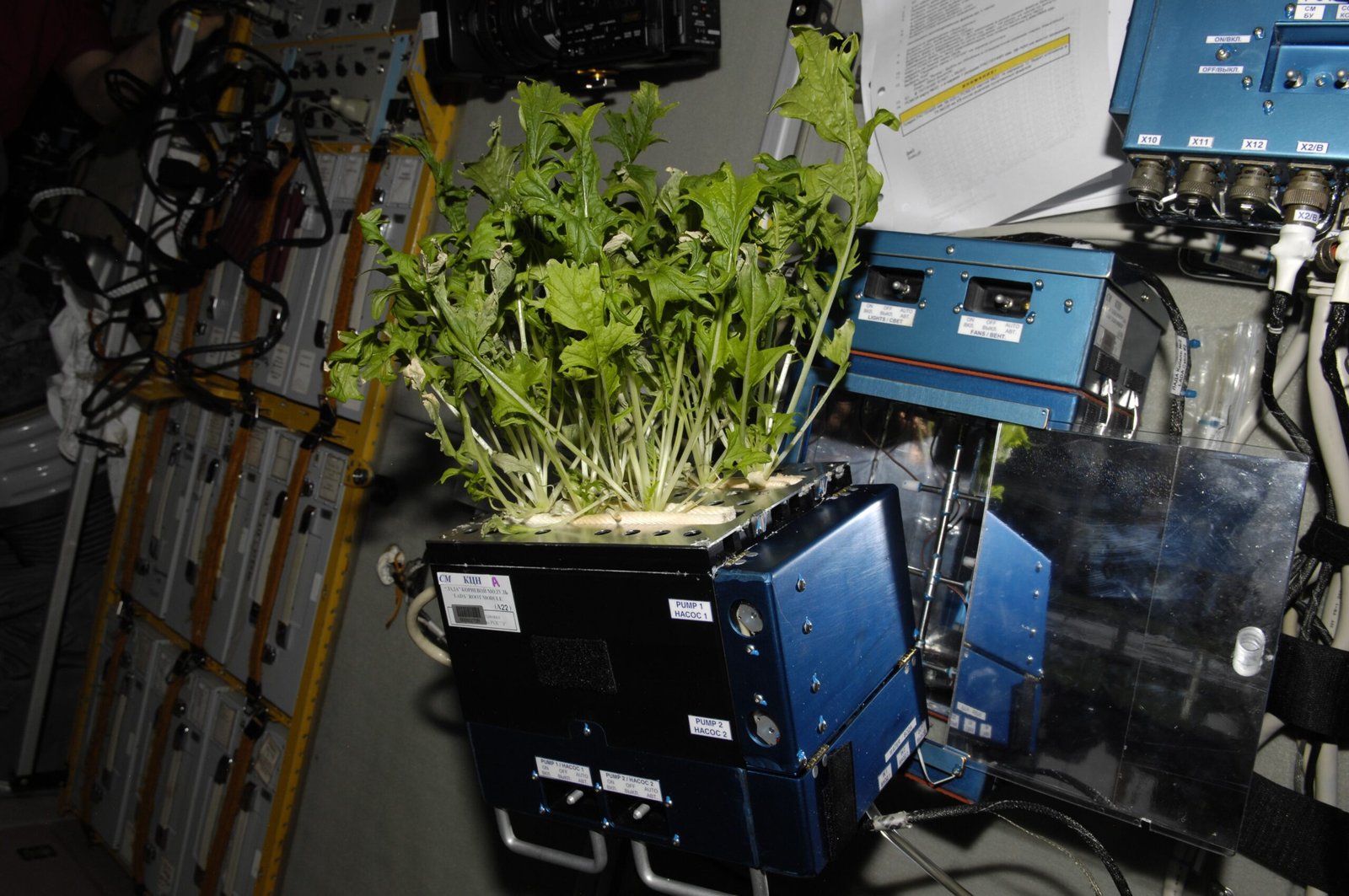
Plants have been a major focus of space research due to their potential role in supporting long-term human habitation on other planets. Experiments on the International Space Station (ISS) have shown that plants can grow in microgravity, though they exhibit altered root and shoot growth patterns. Understanding how plants adapt to space conditions is crucial for developing sustainable food sources for future space missions. The cultivation of crops like wheat and lettuce in space has demonstrated the potential for creating a self-sustaining ecosystem beyond Earth.
Microbes and Bacteria: The Invisible Travelers
Microorganisms may be small, but their impact on space research is immense. These tiny travelers have been sent to space to study their behavior in microgravity and their potential to survive extreme conditions. Research has shown that some bacteria become more virulent in space, posing challenges for astronaut health. On the flip side, certain microbes have been found to thrive in space, offering potential for biotechnological applications. The study of microbes in space continues to provide insights into both the risks and opportunities they present for future missions.
Fish and Aquatic Life: Testing the Waters of Space
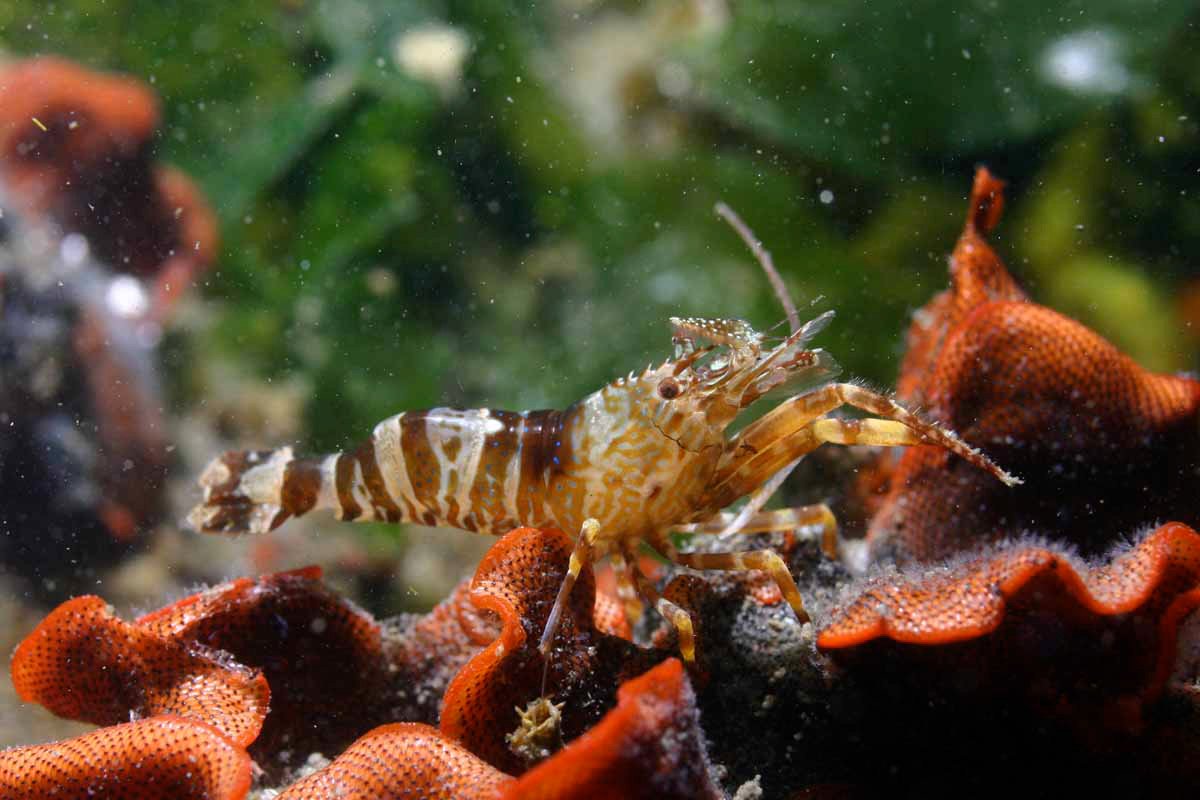
Fish and other aquatic organisms have also been part of space missions, helping scientists understand how weightlessness affects vertebrate development. Japanese medaka fish, for instance, have been used to study bone metabolism and gene expression in space. The behavior of fish in microgravity offers clues about how sensory systems adapt to the absence of gravity. These studies are essential for understanding how complex life forms, including humans, might adapt to long-term space travel.
The Role of Fungi: A Surprising Space Traveler

Fungi, often overlooked, have also been launched into space for scientific exploration. These organisms are of interest due to their potential role in bioremediation and life support systems. Studies have shown that certain fungi can thrive in space conditions, even growing on the ISS. Their ability to decompose organic matter and recycle nutrients makes them valuable for closed-loop life support systems. The resilience of fungi in space highlights their potential as allies in sustaining human life beyond Earth.
Lessons from Space: Adapting to New Frontiers
The diverse array of organisms sent into space has taught us invaluable lessons about life in extreme environments. These experiments have revealed the incredible adaptability of life, demonstrating that many organisms can survive and even thrive in conditions vastly different from those on Earth. The knowledge gained from these missions is not only vital for future space exploration but also enhances our understanding of biology and life on our own planet. As we continue to explore the cosmos, the lessons learned from these space travelers will guide us in our quest to adapt to new frontiers.
Looking to the Future: What’s Next for Space Biology?
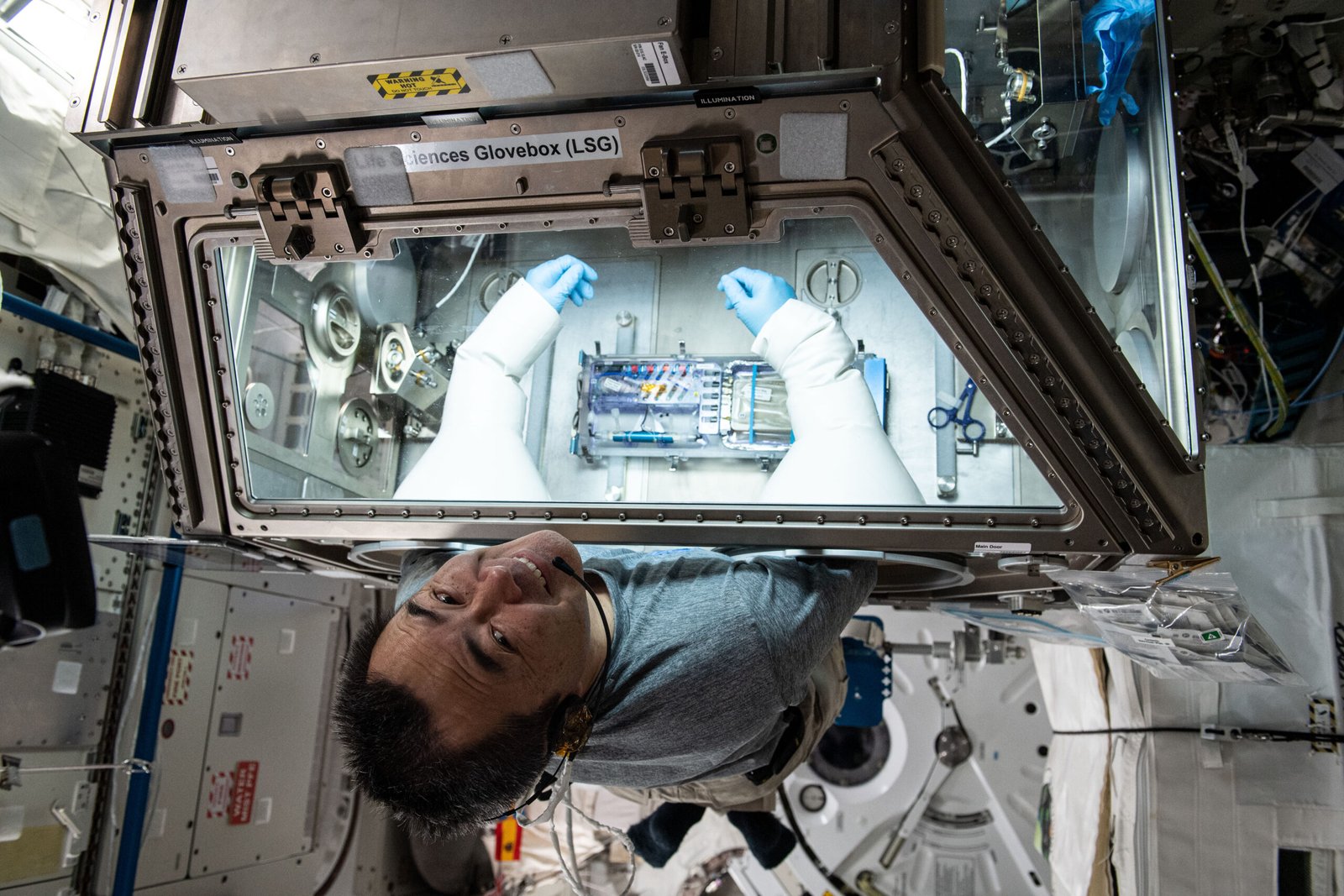
As we venture further into space, the role of biological research will only grow in importance. Future missions to the Moon, Mars, and beyond will rely heavily on the knowledge gained from past and ongoing experiments. The development of sustainable life support systems, understanding the long-term effects of space travel on the human body, and the potential for growing food in space are just a few of the challenges that lie ahead. The International Day of Human Space Flight serves as a reminder of the incredible achievements in space exploration and the exciting possibilities that await us in the future.
The journey from primates to plants in space has been a remarkable saga of discovery and adaptation. As we celebrate the International Day of Human Space Flight, we are reminded of the diverse array of life that has traveled beyond our planet. Each mission, each organism, has contributed to our understanding of life in space, paving the way for future exploration. What new frontiers will we explore next, and what lessons will they teach us about life on Earth and beyond?



